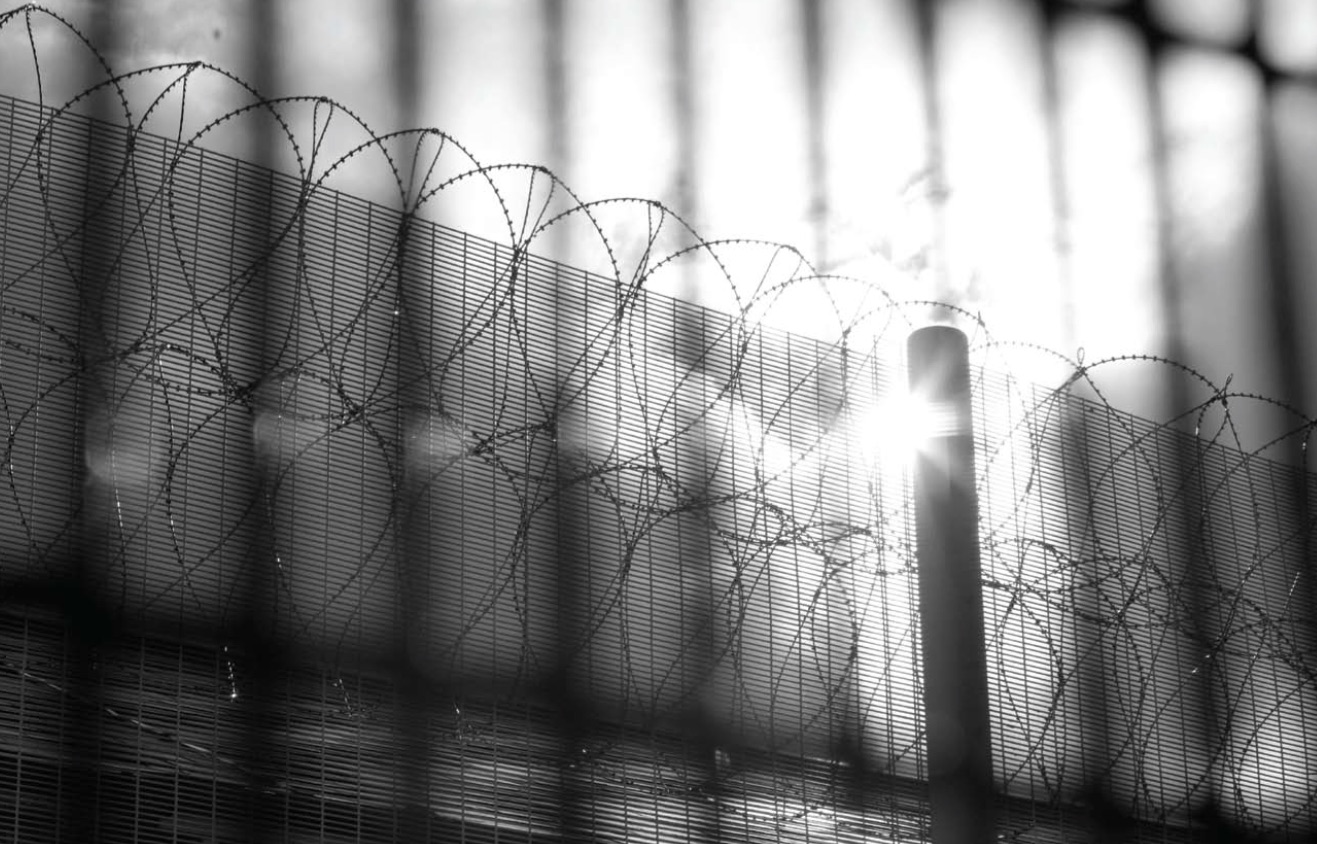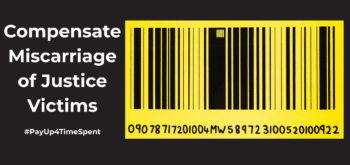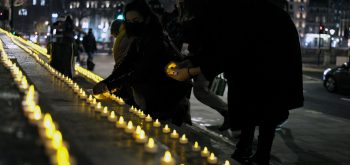Prison staff left ‘fire-fighting’ on the wings
Inadequate staffing meant that prisons were ‘fundamentally unsafe’ for staff and prisoners, according to a new study published yesterday by the Howard League for Penal Reform and the trade union Community. The research drew on the findings of focus groups and surveys with 27 prison officers (mostly in the private sector) from a range of prisons, including large category B prisons, category C prisons and women’s prisons.
A poorly-defined job description, insufficient training and a perceived lack of decision-making power were identified as factors that left officers feeling ‘ignored, ineffective and unable to achieve their aims’, according to the report. You can download the report here.
Officers complained to researchers that that there were not enough staff working in their prisons and that turnover was too high. ‘Other prisons were technically fully staffed, but the staffing levels were so low that they did not have enough people to achieve the very basics of keeping people safe and delivering a full regime,’ the report.
Morale was ‘very low amongst officers’ and few saw a career ahead of them. ‘Few of the officers we spoke to wanted to stay working in prisons in the medium or long term,’ the report said.
Officers reported that the normal staffing level of one or two officers per wing meant that they were always ‘fire-fighting’. ‘Inadequate staffing levels not only stopped officers being able to do their jobs effectively but meant prisons were fundamentally unsafe for staff and prisoners,’ the report said.
One officer recalled a recent murder in the prison. ‘There wasn’t enough staff on at night and nobody came when the alarm was rung. They thought one experienced staff member could run the house block on their own.’
Another claimed to cover a wing of about 60 prisoners ‘and I work it by myself’. ‘I work 7.15AM to 8PM and I might only see and speak to another officer a couple of times a day… . I cover two doors and so might not know about an incident in a cell until the following day.’
Another reported that there were two officers on a spur of 61 men. ‘[When] everyone is back for lunch, one has to supervise medication and the other has to go and collect the food from the kitchen,’ he said. ‘This means there is nobody else on the spur, the model incorporates completely unsupervised association time and with all the other tasks we have to do it really means that one officer is alone all morning and another in the afternoon.’
‘The Howard League’s experience is that staff morale is low in public prisons as well as private prisons,’ commented Frances Crook, chief executive of the Howard League.
The research called on the government and private companies to demonstrate that they valued prison officers. ‘There are simply not enough staff in prisons to keep people safe, and those officers that are there are not paid nearly enough,’ said Roy Rickhuss, general secretary of Community. ‘If we want prison officers to be effective, then we need to show we value their work. We need proper training and career development, as well as practical and emotional support to help deal with the challenges of the modern prison.’
The report called for the establishment of a central body for both the public and private sector to improve the provision of training by introducing high quality standards. Frances Crook said that the problem could not just be solved by recruiting more prison officers. She called for these moves to be accompanied by a reduction in the prison population with would ‘protect staff, save lives and make the public safer’.
This article was published on November 14, 2017






